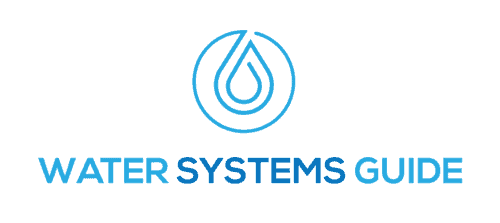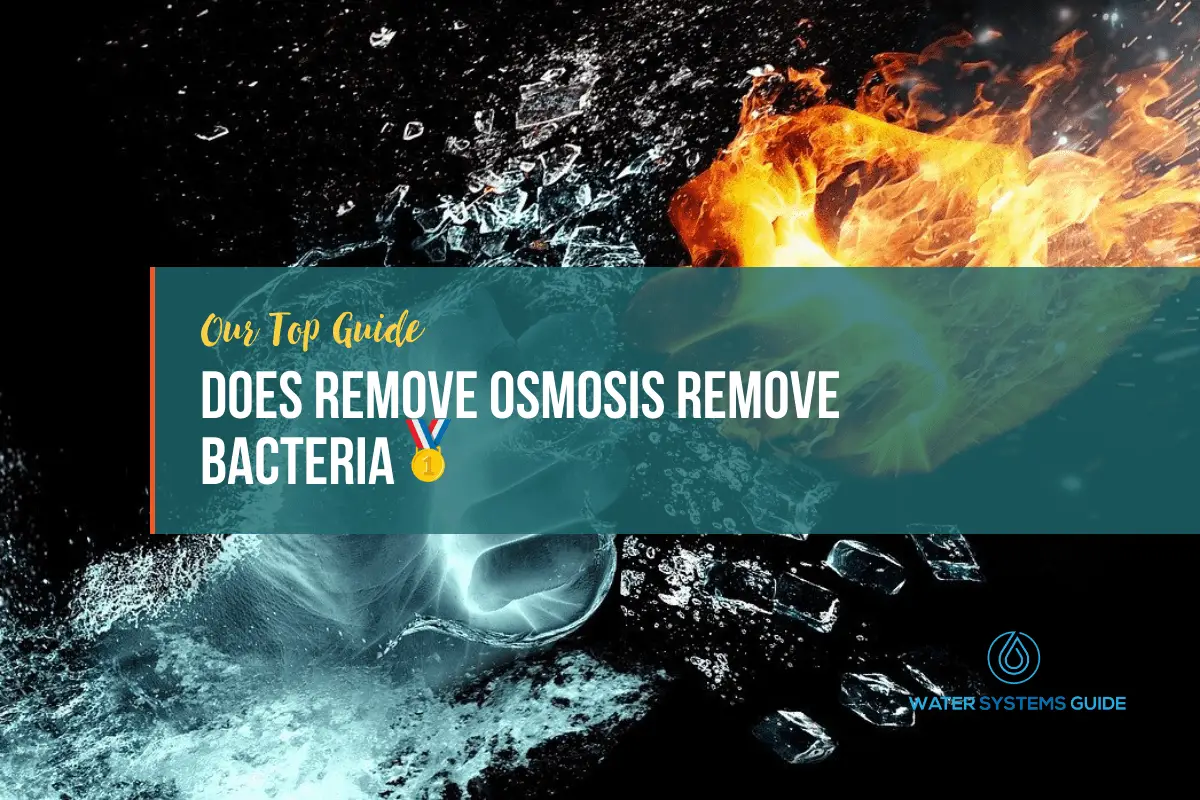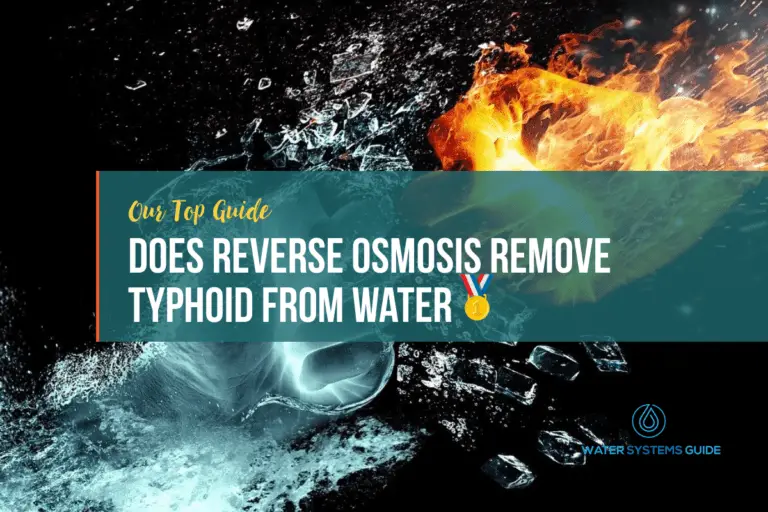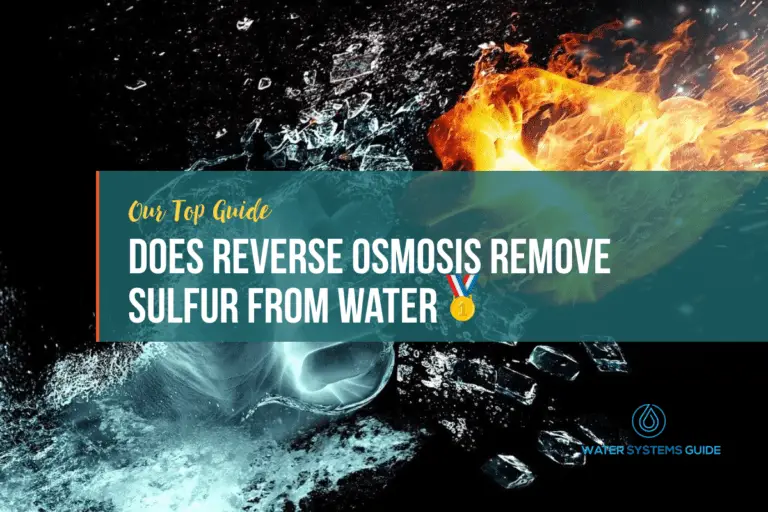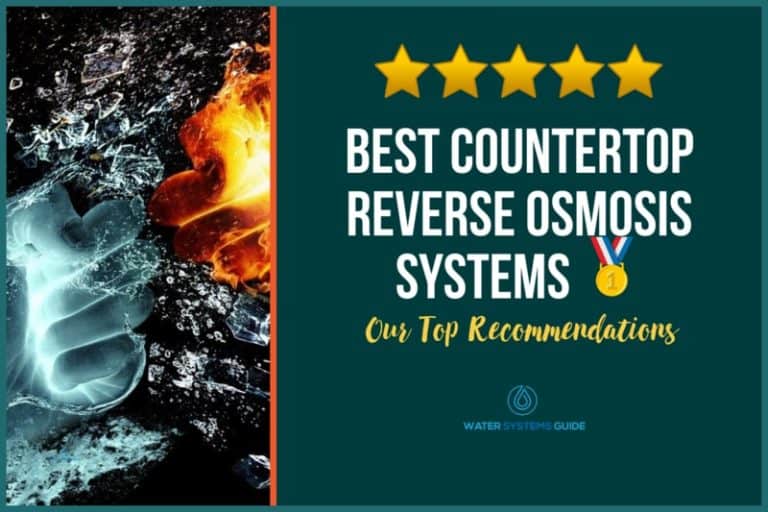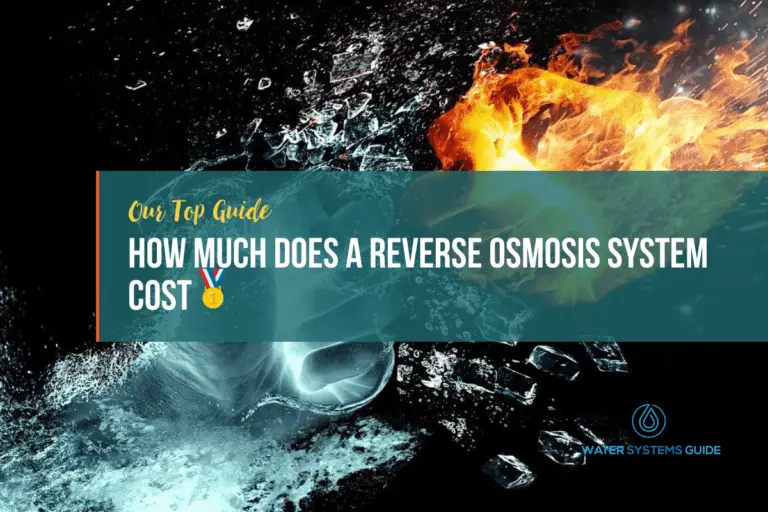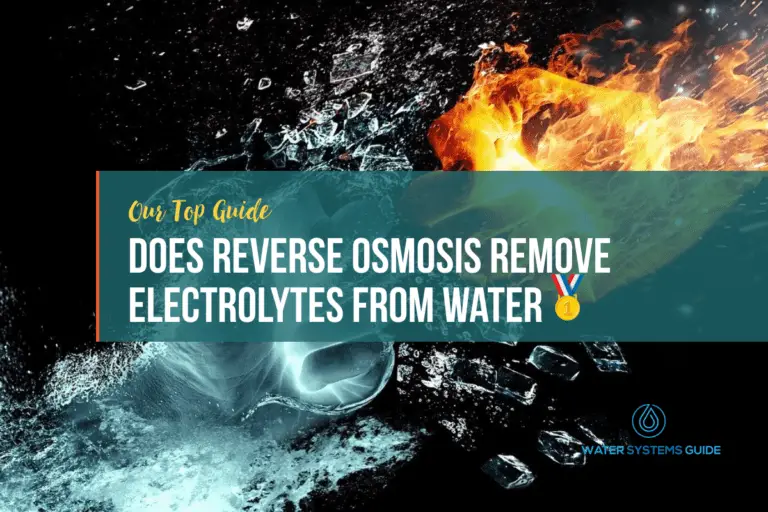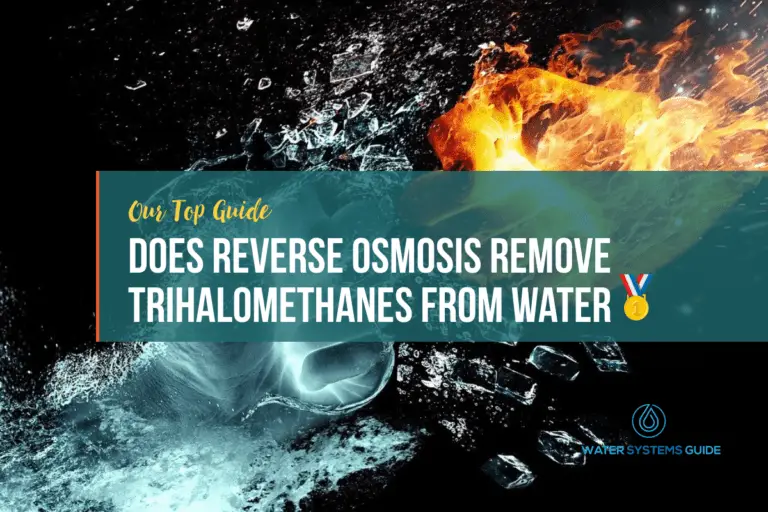Does Remove Osmosis Remove Bacteria
What Is Reverse Osmosis
Reverse osmosis, also commonly abbreviated as RO, is a water purification process that uses pressure to force water molecules through a semi-permeable membrane. The pores in the membrane are only large enough to allow water molecules to pass through, and this process removes dissolved salts, impurities, and other contaminants from the water.
How Does Reverse Osmosis Work?
RO is a method of water treatment that uses a semi-permeable membrane to remove ions, molecules, and larger particles from drinking water. The process works by pressurizing the water on one side of the membrane while the other side is allowed to relax, allowing the water to flow through the membrane. As the water flows through, the impurities are left behind, leaving clean, purified water on the other side.
Because of this, RO systems are extremely popular in homes and business’ for those who want to purify their tap water & municipal water supply, to ensure there are no heavy metals, arsenic, lead, fluoride bacteria and viruses.
What is Not Removed by Reverse Osmosis?
Although RO is commonly used to purify water for drinking, it can also be used to remove dissolved contaminants from other liquids.
Despite its effectiveness, reverse osmosis does not remove all types of contaminants from water. For example, it cannot remove dissolved gases, such as carbon dioxide.
Does Reverse Osmosis Remove Bacteria?
Yes, reverse osmosis can remove bacteria from water. This is because the process of reverse osmosis forces water through a very fine filter that is able to remove bacteria. Additionally, RO can also remove other contaminants from water, such as viruses, protozoa, and metals. Some of these RO water filtration systems have up to 99.99% effectiveness.
They can do this through a combination of their filter, and the more advanced RO water systems use UV light (ultraviolet light) to destroy the cell DNA of bacteria and RNA of viruses, to sterilize microorganisms.
More specifically speaking, the CDC state that: Reverse Osmosis Systems have a very high effectiveness in removing bacteria (for example, Campylobacter, Salmonella, Shigella, E. coli); Reverse Osmosis Systems have a very high effectiveness in removing viruses (for example, Enteric, Hepatitis A, Norovirus, Rotavirus).
What Do Reverse Osmosis Filtration Systems Remove?
Reverse osmosis filtration systems are designed to remove a variety of contaminants from water. The most common contaminants that are removed by RO filtration systems include dissolved minerals, bacteria, viruses and protozoa. Depending on the number of filter stages, and the micron level of their filter, they can also remove arsenic, fluoride, lead, chlorine, mercury, cadmium, heavy metals, and over 1000 other contaminants, such as different pesticides and herbicides.
Conclusion
In conclusion, it’s clear that Reverse Osmosis systems are extremely effective at removing different types of bacteria from a water supply, amongst a long list of other contaminants and heavy metals, making them perfect to be used in your home. They can be added to your home as a whole house ro system, or just on a particular faucet, it’s entirely your decision.
